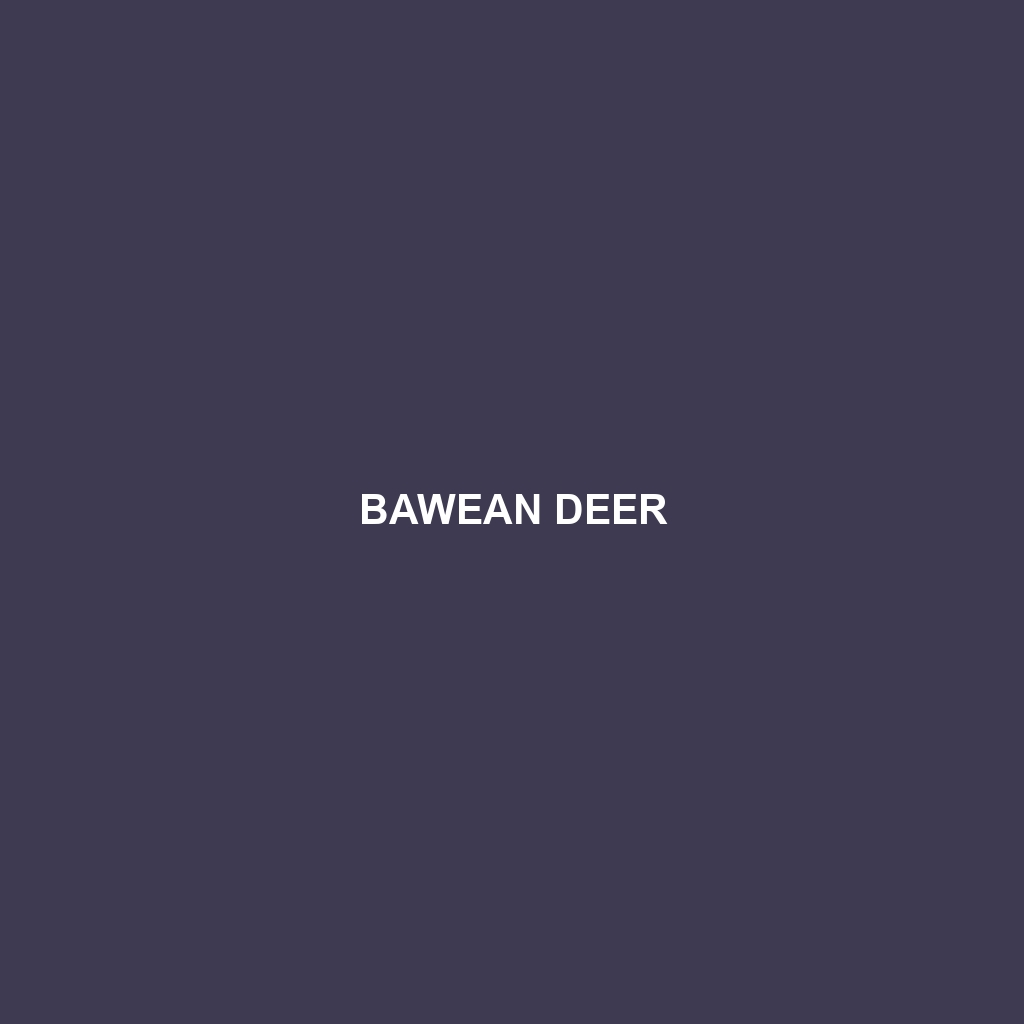Common Name: Bawean Deer
Scientific Name: Axis kuhlii
Habitat:
The Bawean Deer is primarily found on Bawean Island, which is part of Indonesia’s East Java province. These deers inhabit dense tropical forests and grasslands, favoring areas with abundant vegetation where they can find shelter and food. The lush environment and favorable climate of this island provide the ideal habitat for the Bawean Deer.
Physical Characteristics:
Bawean Deer are medium-sized deer, typically weighing between 30 to 50 kilograms. They are characterized by their slender bodies, long legs, and short, compact tails. The coat of the Bawean Deer is generally a reddish-brown, adorned with white spots that become more pronounced in males. Males feature antlers that can grow up to 80 cm long, making them distinctive among other species of deer.
Behavior:
These deer are primarily crepuscular, being most active during dawn and dusk. They are known for their social behavior, often forming small herds that provide enhanced protection against predators. Bawean Deer communicate through various vocalizations and demonstrate strong territorial instincts, particularly males during the mating season. Understanding their migration patterns and daily activities can shed light on their behavioral ecology.
Diet:
The diet of Bawean Deer mainly consists of foliage, fruits, and grasses available in their habitat. They are herbivores, with a preference for young leaves and succulent plants. Their foraging habits are crucial for maintaining the health of their ecosystem, as they help with seed dispersal and plant regeneration.
Reproduction:
Bawean Deer breed throughout the year, but there is a peak season from June to August. Females typically give birth to a single fawn after a gestation period of about 7 months. The fawns are born with a spotted coat providing them camouflage, making them less vulnerable to predators during their early days. Maternal care is strong, with mothers protecting their young until they are independent.
Conservation Status:
The Bawean Deer is currently classified as Endangered according to the IUCN Red List. Threats to their survival include habitat loss due to deforestation, hunting, and the introduction of invasive species. Conservation efforts are crucial to protect this species and prevent their extinction.
Interesting Facts:
The Bawean Deer is unique not only for its rarity but also for its distinct genetic traits, which make them an interesting subject for conservation and ecological studies. They are also culturally significant to the local communities of Bawean Island, often associated with local folklore and traditions.
Role in Ecosystem:
As a herbivore, the Bawean Deer plays a vital role in its ecosystem by aiding in the control of plant populations and contributing to nutrient cycling. Their foraging habits encourage plant diversity and support the overall health of the forest ecosystem. Moreover, they serve as prey for larger predators, thereby contributing to the food web dynamics within their habitat.
